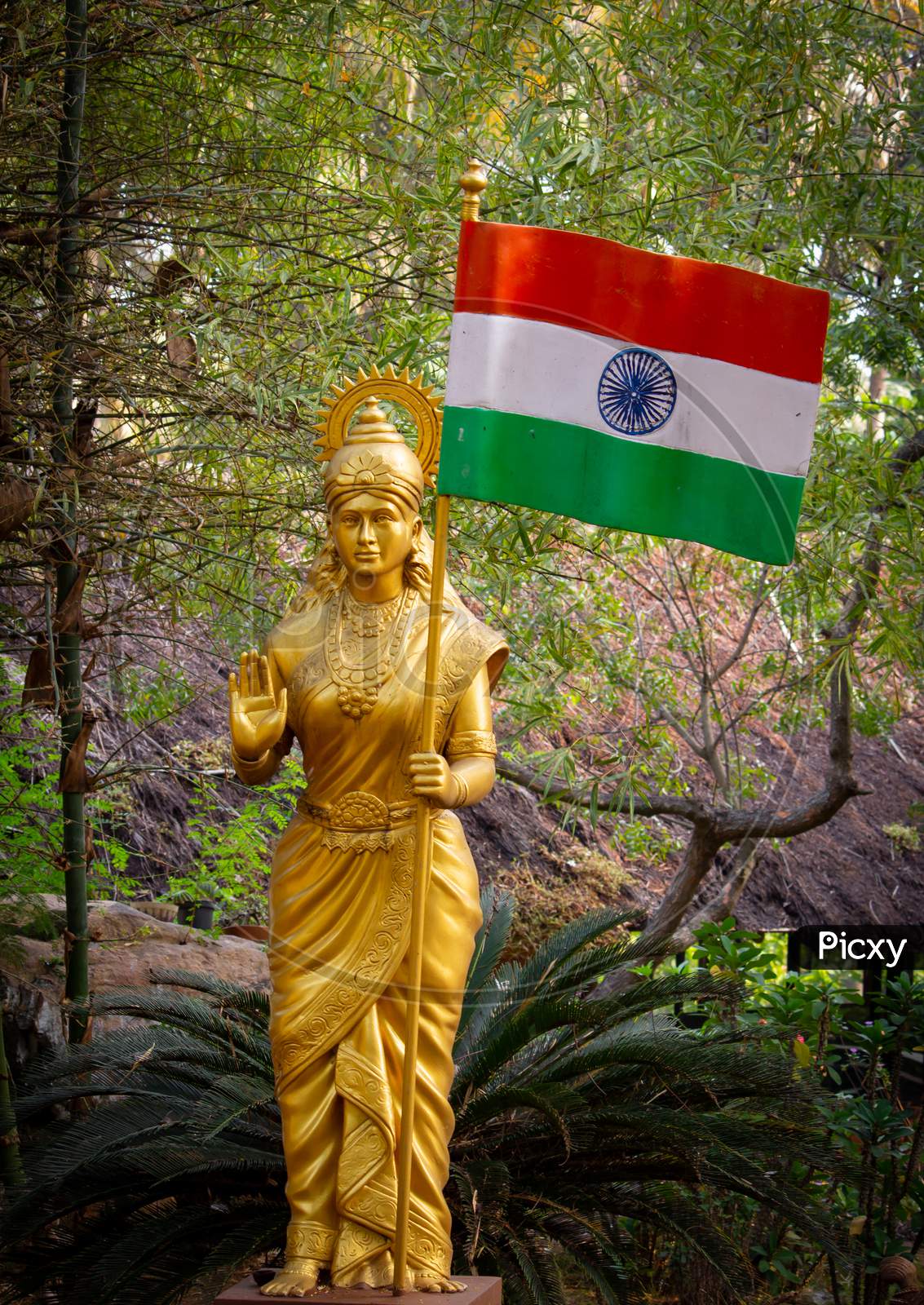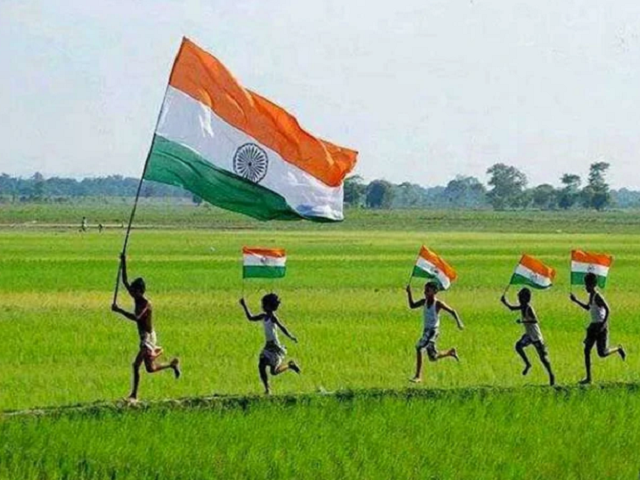

In 2013, a controversy arose when historian Panduranga Reddy stated that the national flag was designed by Hyderabad-born Surayya Tyabji. It is intended “to show that there is life in movement and death in stagnation”. The Ashok Chakra with 24 spokes replaced the spinning wheel as the emblem on the flag. Saffron on top symbolises “strength and courage”, white in the middle represents “peace and truth” and green at the bottom stands for “fertility, growth and auspiciousness of the land”.

The Tricolour was altered to become the flag of Independent India. Click here to join our channel stay updated with the latest The flag was to have no religious interpretation. Red was replaced with saffron and the order of the colours was changed. Several changes continued to be made till a decade later, when in 1931 the Congress Committee met in Karachi and adopted the tricolour as our national flag. Nehru addresses the crowd at Red Fort in August 1947. In 1916, he even published a book with possible designs of Indian flags. At the All India Congress Committee in Bezwada in 1921, Venkayya again met Gandhi and proposed a basic design of the flag, consisting of two red and green bands to symbolise the two major communities, Hindus and Muslims. Gandhi arguably suggested adding a white band to represent peace and the rest of the communities living in India, and a spinning wheel to symbolise the progress of the country. Years of research went into designing the national flag. The design of the Indian tricolour is largely attributed to Pingali Venkayya, an Indian freedom fighter who reportedly first met Mahatma Gandhi in South Africa during the second Anglo-Boer War (1899-1902), when he was posted there as part of the British Indian Army. A white crescent and star occupied one top corner, and the other had Union Jack.Īlso in Explained | How the Quit India movement gave a new direction to India’s freedom struggle It had five alternate red and four green horizontal stripes, and seven stars in the saptarishi configuration. In 1917, Dr Annie Besant and Lokmanya Tilak adopted a new flag as part of the Home Rule Movement. Next year, in 1907, Madame Cama and her group of exiled revolutionaries hoisted an Indian flag in Germany in 1907 - this was the first Indian flag to be hoisted in a foreign land. The first national flag of India is said to have been hoisted on August 7, 1906, in Kolkata at the Parsee Bagan Square. Believed to have been designed by freedom activists Sachindra Prasad Bose and Hemchandra Kanungo, the red strip on the flag had symbols of the sun and a crescent moon, and the green strip had eight half-open lotuses. It comprised three horizontal strips of red, yellow and green, with Vande Mataram written in the middle.

While an Indian flag was reportedly designed by Sister Nivedita, an Irish disciple of Swami Vivekananda, between 1904-1906, arguably the first national flag of India is said to have been hoisted on August 7, 1906, in Kolkata at the Parsee Bagan Square (Green Park).


 0 kommentar(er)
0 kommentar(er)
